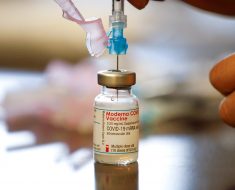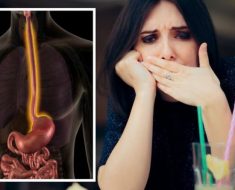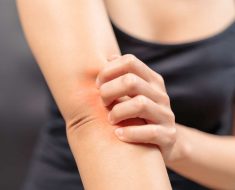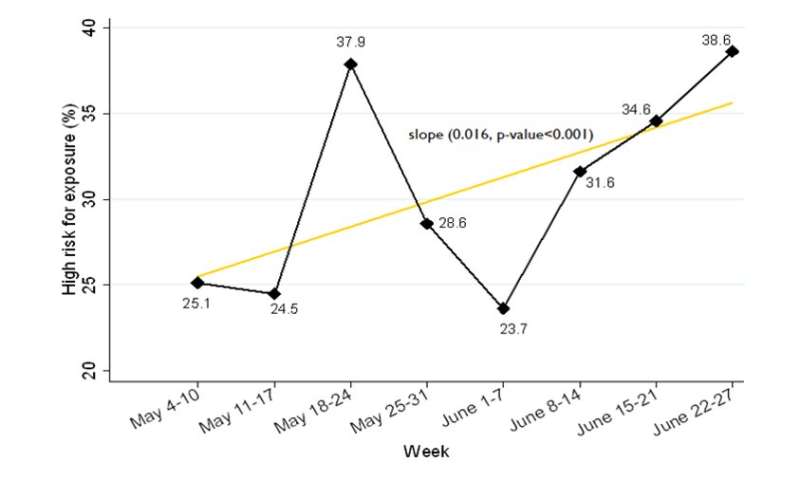
After finally emerging from months of working and sheltering at home, with the majority of the population following pandemic prevention measures, Dr. Nazeem Muhajarine (Ph.D.) knows the last thing people want to think about right now is a potential second wave.
But the University of Saskatchewan (USask) professor in the Department of Community Health and Epidemiology in the College of Medicine said public adherence to health guidelines moving forward will be crucial to keeping COVID-19 in check until vaccines or therapeutics are developed and distributed.
“We will be very lucky if we don’t have a second wave happening at some point in the next two to three months,” said Muhajarine. “And I don’t think we should rely on luck—we should do everything we can to prevent it happening. What this means is a combination of public health measures—testing, tracing contacts, and isolating cases—and personal behaviors—physically distancing, hand hygiene, wearing a mask indoors, and limiting the number of people you interact with. And all of this has to be backed up by data to help make the best decisions.”
In one of the first studies of its kind on the global pandemic, Muhajarine’s team in the Saskatchewan Population Health and Evaluation Research Unit (SPHERU) is surveying provincial residents each month in the Social Contours and COVID-19 research project, sharing results of public perceptions of pandemic policies and how many people are following prevention measures.
Muhajarine said federal and provincial health authorities have largely passed the test in response to the initial wave of the pandemic, but noted that the general public would receive some mixed grades, with room for improvement.
“Our survey found most people—about three out of four—are satisfied with the measures that have been taken on behalf of them by the government, and we haven’t seen protests happening about not reopening soon enough,” said Muhajarine, who gives USask leadership top marks for the quick and comprehensive response to the pandemic and the move to remote delivery of the majority of courses.
“People in Saskatchewan have actually complied with the public health directives fairly well. But about one-third of people who are responding to our surveys are taking risks that will put them in harm’s way, in terms of contracting the virus. So that is concerning.”
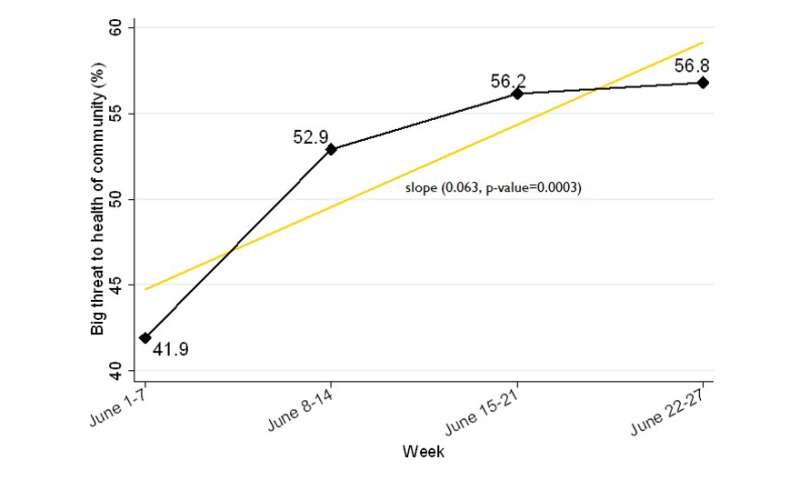
Muhajarine said the more we learn about the new coronavirus, the more it reinforces the importance and effectiveness of the three key prevention measures: physical distancing, regular hand-washing, and wearing a mask.
“Studies are showing that if 70 to 80 percent of the population were to wear a mask in public and especially indoors, this virus can be contained, so I really do think that mask wearing should be mandatory,” he said, noting that close to 60 percent of provincial residents who responded to the surveys are wearing masks at least part of the time.
“There are two sides to transmission: The risk of getting it and the risk of passing it on. The virus is stealthy. You can be healthy and be an asymptomatic carrier without knowing that you are carrying it, and you can infect other people who end up becoming really sick or even dying. So, I agree that it is selfish to not take steps to minimize the risk of passing it on to others. Wearing a mask and social distancing really helps.”
As the province prepares for the return to schools in the fall after reopening businesses and public facilities in phases this summer, infection rates have risen, often driven by outbreaks in specific regions, such as colony communities in the southwest. Muhajarine said in most cases, targeted localized shutdowns are effective and don’t require province-wide changes. In all cases, he said the focus must be on data driving decisions.
“If we have a second wave, it is more likely to happen in specific places with flare-ups,” he said. “So in order to contain them, rather than having the hammer come down again with widespread closures—which I think would kill our economy—in certain places there can be re-introduction of more stringent public health measures to deal with those localized outbreaks. But for this to work, we need to closely monitor situations. We need data and that is where our social contours study comes in. We are gaining more understanding about what people are doing before they contract the virus, and what they are doing to prevent it.”
In all cases, Muhajarine said constant communication with the public is crucial, as is dispelling dangerous conspiracy theories and trumped-up toxic treatment tips.
Source: Read Full Article

